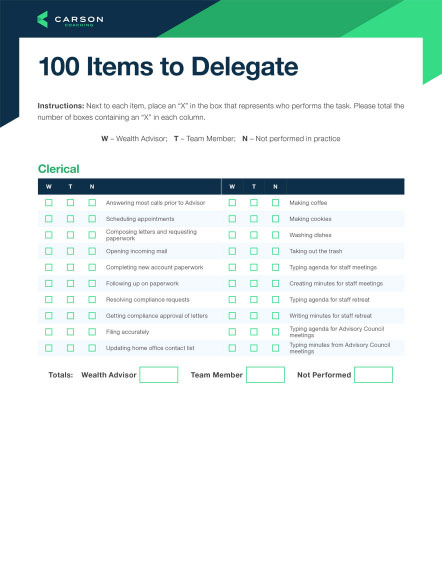Google conducted a study several years ago to determine the characteristics of their highest-performing teams. By almost any measure, the output of high-performing Google teams would probably be better than teams at most other organizations.
After studying 180 teams and analyzing the data, researchers acknowledged there are unspoken traditions and behaviors that occur within a group that affect the group’s output. It’s those intangibles that so often influenced success. They then identified a list of five traits that high-performing teams shared:
- Dependability: Do team members produce consistently high-quality work on time?
- Structure and Clarity: Are goals/expectations clear and does everyone know who is doing what by when?
- Meaningful Work: Is the work in alignment with what is important to team members?
- Impact: Does what we are doing matter in our community/world?
- Psychological Safety
The Google study found that psychological safety was most important for high-performing teams.
Psychological safety is probably the most difficult of the five characteristics to explain – and one of the most difficult to develop.
Amy Edmondson, Novartis Professor of Leadership and Management at the Harvard Business School, says that psychological safety is determined by the answer to the question, “Is risk-taking safe?” Risk-taking is measured by a team’s ability to:
- Speak up
- Ask questions
- Voice concerns
- Make mistakes
Psychological safety allows us to manage the amount of baseline tension or stress that’s imposed on a team. The goal isn’t to remove tension – it’s to optimize it. There needs to be some tension in a system, or else nothing gets done.
Think of it this way. You have a guitar; some of the strings are out of tune, and some are loose. When you strum the strings, you don’t get music, you get a mess. However, if you tune the guitar, all the strings are under just the right amount of tension. Now when you strum the strings, you can create music.
When working with people, the perfect amount of tension is referred to as eustress, which means good stress.
When there is no stress or tension, there is also little performance.
As you add stress and tension to team members (e.g., setting expectations, assigning work, etc.), performance starts to rise. If you hit the right amount of tension, the team members’ performance is optimized.
But add too much stress and tension and you’ll burn people out, which reduces performance.
Optimizing Stress for Performance
Psychological safety is one of the ways you can refine and optimize the amount of tension team members experience. It also reduces the baseline stress your team experiences every day.
Imagine a team of people who are used to being berated or beaten down if they make the smallest mistake. They’re under constant stress and will end up spending an enormous amount of time trying to make sure everything they do is just good enough.
But “good enough” isn’t usually optimal.
Compare the team member whose goal it is to play it safe to one who feels psychologically safe. The psychologically safe team member will try new things. They’re more creative, focused on problem-solving and ultimately more productive.
With a psychologically safe environment, team members have a lower underlying level of stress and tension. When something unexpected requires that the team temporarily necessary dial up the stress, they will have the capacity to handle it without decreasing performance levels.
It’s important to point out that there are zero-tolerance mistakes that fall outside of the boundaries of psychological safety, (e.g., compliance errors, being rude to clients, etc.). Make sure your team members know what’s inside and outside of the safe zone.
How to Cultivate a Psychologically Safe Environment
One of the easiest ways to cultivate a psychologically safe environment is for the leader(s) to change how they address mistakes. Rather than responding with, “You should have done it this way,” they should incorporate a “next time” mindset.
It’s impossible to “should have done” something. It’s over.
However, if you approach the same issue with a “next time” mindset you’ve done two things. First, you give the team member the comfort of knowing they are in a safe zone. Second, you give the team member an opportunity to make good the next time a similar situation comes up. You put them in a solutions mindset, which is where you want team members to spend most of their time! Solutions-oriented team members will constantly look for ways to create a better client experience.
Psychological safety is not about taking it easy on people or trying to create a stress-free environment. It’s about allowing your team to speak up and make mistakes. Stress is bound to exist in a work environment – it’s best to optimize it.
A Carson Coach can help you optimize your processes and your firm for growth. Click here to learn more and get started.


